Mowed Over: The Story of the Movie Blades

Only 335 days after Jaws took the movie-going public by storm, the first of what would soon be referred to as a “Jaws rip-off” hit the big screen. The film was called Grizzly – about a grizzly bear killing innocent campers, of course – and it would mark the beginning of a longstanding, still vibrant tradition of borrowing and then regurgitating themes and sometimes even dialogue from Spielberg’s shark classic into other movies.
But amidst the trove of films featuring man-eating sharks, bears, whales, piranha, buffalo, alligators, crocodiles, octopi, dogs, a buffalo, and even bugs, could a Jaws-inspired film about a bloodthirsty lawnmower that terrorizes a golf course – much in the way Bruce the shark terrorized Amity Island back in the mid1970s – really, truly exist?
Ladies and gentlemen, I give you Blades.
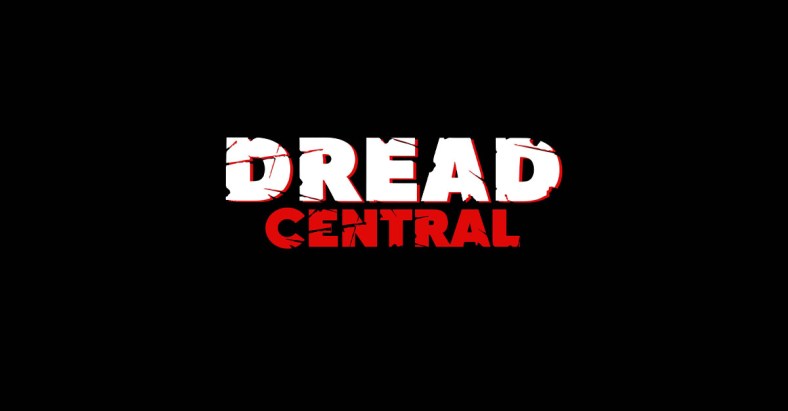
When visitors of the Tall Grass Country Club turn up murdered (shredded to bits, really), it’s up to the picture of perfect posture, Roy Kent, to determine what’s wreaking havoc on their elite golf course. In classic Jaws style the club owner, Norman Osgood, has little interest in stirring up any negative publicity for his establishment, especially on the eve of their first televised pro-am tournament. At the request of Osgood, Kent ventures out with colleague, Kelly, to quietly solve the mystery. But as they begin digging deeper they soon realize that they are not after a mere mortal — a machete wielding maniac or something similar. They soon find themselves in the path of a runaway (perhaps possessed!?) lawnmower.
With respect to the subgenre of films clearly inspired by (or spoofing) Jaws — a genre I admit to adoring — I’m hard pressed to find one that beats Blades. It really has it all: hapless victims of some unknown leviathan; a business owner whose neck and wallet (and perhaps reputation) are at risk of sinking should these grisly deaths continue; subtle slapstick humor and one-liners; and a script that — at times — mimics dialogue, scenes, and even certain plot points from Jaws (everything from substituting the iconic yellow Jaws barrels with hay bales, to reenacting Scheider and Dreyfuss’ memorable autopsy of the mistaken shark–only here swapping the tiger shark for a mower). The cinematography is somewhat gritty and, while the acting is mostly wooden throughout, the generous screen time given to the maniacal mower (including the fantastic POV shots) helps make this fun viewing from start to finish.
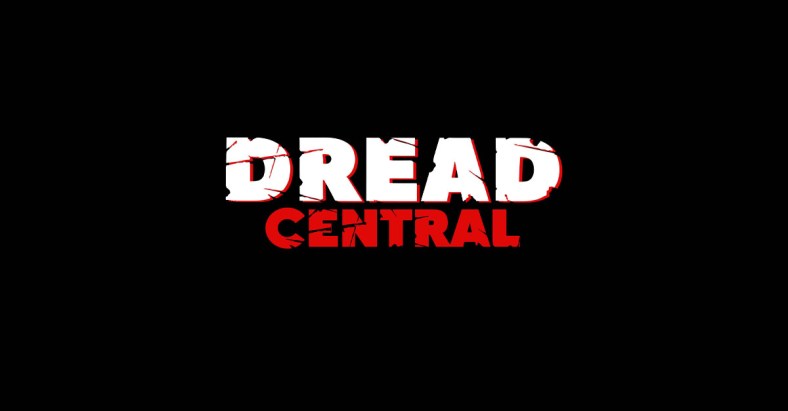
Director, Tom Rondinella & actors
So, when I had the opportunity to chat with the director, co-writer, and editor of Blades, Tom Rondinella, I pounced. As a sort-of self proclaimed aficionado of films of this ilk, I knew going in to our interview that very little (if any) behind-the-scenes information or stories about Blades existed in the horror blogosophere. This interview seeks to change some of that and to introduce the fun (and oftentimes humorous) backstory of this oft-overlooked wacky film from the Troma canon, including Rondinella’s thoughts on his own directing and ambitions to shoot a sequel.
John Campopiano: How did the idea for Blades come about?
Tom Rondinella: I first heard of the idea of Blades at a crew meeting for Girls School Screamers. John Finegan, the producer/director of Girls School Screamers (at the time known as, The Portrait) mentioned it as a future project. I turned to Bill Pace and said that it sounded great and that I’d love to work on it. Finegan hired Bill and I to write two scripts, Blades and Skirmish (which became All’s Fair). Finegan had the story and Bill and I wrote the script in nine days.
It took two years for Finegan to raise the money. He gave us monthly updates on fundraising, ultimately he raised $750k. In the end, it was difficult to wear all the hats. It would have been better to give some responsibilities to others (editing in particular) for more collaboration.
JC: You’re credited as Director, Co-writer, and Editor – clearly you were intimately involved with Blades. Looking back what are some of your most vivid memories from working on the film?
TR: Fondest memory: writing the script with Bill Pace. It was a hoot!
Cringe-worthy: This was the first film that I directed. So, that was frightening. Also the first night the lawnmower was on set. Will “Boom Boom” Caban had gotten it running and we were ready to shoot its reveal on the fairway for the night attack scene. We rolled and the mower came out of the shadows and the arms fell down and it died. It was 4:00am and I asked Will what were we to do and he didn’t know. That was unsettling. Will couldn’t wait to blow that mower up at the end.
JC: What was the atmosphere like on set during the six-week shoot?
TR: It was an eight-week shoot, six days a week. Generally it was good, we had AD [assistant director] problems and had fired the first AD. The second one we hired was let go as well and the third stayed — which was a problem. She hadn’t read the script. As the days got shorter and colder and problems with the mower continued, everyone became more frustrated. (The crew had a great time, though — we all lived at the golf course.)
JC: Many of the films distributed by Troma possess an obvious tongue-in-cheek storyline – a kind of self awareness with writers and filmmakers straddling the line between horror and comedy. With Blades was it always the intention of creating something that was both shocking as well as funny?

The wrong mower strung up just like the tiger shark from Jaws
TR: The plan was to make it funny. Bill and I have a unique sense of humor that we think is funny. In retrospect, we should have been sillier [with the film] and focused more on the action and less on the romantic angle between Roy and Kelly. We cut a lot of scenes out (before even shooting them). One scene was “we need a bigger boat” scene. The van stops as a result of a bale getting stuck in the woods. Deke (the film’s obvious version of Quint, played by Jeremy Whalen) instructs Roy (played by Robert North) to go free it. He complains and suggests that Kelly should go instead. So, he is bitching and moaning as he follows the line into the woods until he discovers the bale and notices the mower just staring back at him — quietly growling. He returns to the van in shock and tells Deke that we need a bigger van. That’s a recognizable scene from Jaws that would have played well but we ran out of time.
We actually ended up cutting the love scenes with Roy and Kelly (played by Victoria Scott) just because the chemistry was off between the two anyway. I think the score could have been more fun, my shot choices could have been funnier. I think we played it all a bit too straight.
JC: Many refer to it as a Jaws “spoof.” Were the nods to Jaws part of the story from the beginning or did those come later?
TR: It should be considered a parody (and you can be a spoof and parody — and still be an homage). We really did a beat-by-beat parody [of Jaws].
JC: Blades had a relatively unknown cast and for many of them Blades was their only screen credit. What do you remember about the cast? Were many of them local actors?
TR: We didn’t know any better! This was our first feature and we had a lousy casting director — she was a local woman from Philadelphia who knew Finegan. She had zero connections other than in the Philly area (and some limited New York contacts). In later years Bill and I have thought about the other ‘name’ actors we could have gotten at that time. We had a lot of money but it was not reflected in the cast. In all honesty, I think Bill and I thought our script could transcend the cast — that it would work despite the cast. But ultimately everyone was an amateur.
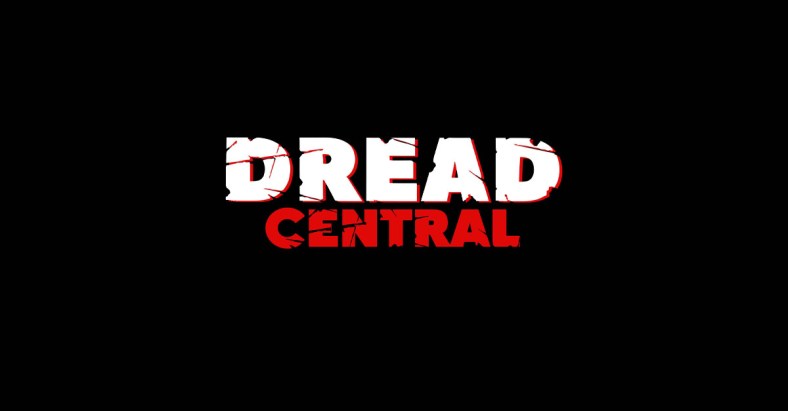
John Finegan, Will “Boom Boom” Caban, the mower
To be honest, I wasn’t a very good director for them. I focused too much on the technical shooting and the mechanics and spent very little time with the cast. The cast were all nice folks and tried but they were very limited. When the film’s “star” (the mower) showed up in week five of production (it was being built while we shot), the crew and I got very excited — at which point I think the cast could sense my indifference to them. Then I started cutting the dramatic scenes and that didn’t help the chemistry. So, as the director, I was at fault for the acting performances. I can’t blame the cast, it’s on me. I don’t think the leads liked me much and I can’t blame them.
JC: This film was shot entirely in New Jersey. Can you tell us about the specific locations that were used?
TR: We shot in Rio Grande, NJ, outside of Cape May. It was a private 9 hole golf course owned by the Schmidt’s Brewery. We had full run of the course and housed everyone on site. It was a great space! In the planning stages I had wanted to utilize the whole golf course but ended up shooting a majority of the film on three holes — mainly because the sun came up on those holes the earliest in the day.
Shooting in the fall with a low sun in the sky was really not ideal. And by the time the sun cleared the tree line it was 9:00am. We kept having to change the holes and flags and make new holes to make it all look right. I think we moved off location once or twice for Roy’s house but the rest of the movie was all shot on that golf course.
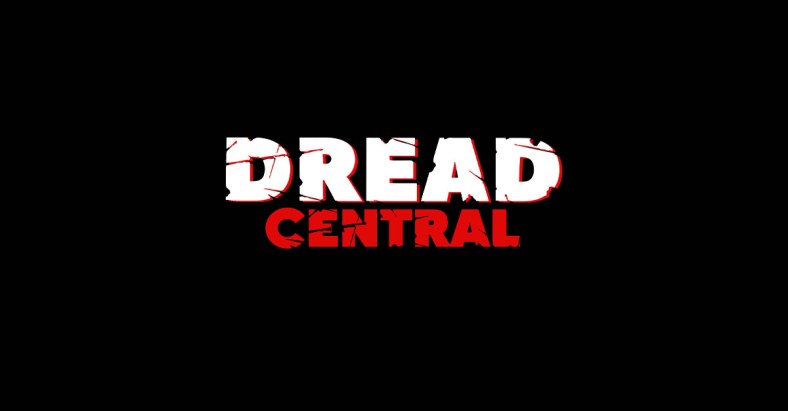
Left to Right: Bill Pace, Thomas Rondinella, John Finegan
JC: Like every other monster movie, the best part is the beast itself, in this case a possessed lawnmower. Who created the menacing mower and who on set was tasked with wrangling it and getting it camera ready?
TR: Will “Boom Boom” Caban. We didn’t see that mower until week five. He made it to scale, like the one we had modeled for it though, in retrospect, it should have been bigger. The mower was temperamental. Evidently, Will had it working nicely in on the streets of Brooklyn but hadn’t tried it out on grass. So, the mower had many problems. It was made out of balsa wood and powered by a remote control chainsaw motor. It all worked out in the end and the mower was great. Will couldn’t wait to blow it up in the end. I also think he blew up the van at the end too. He did a great job throughout.
JC: What sort of release did Blades have initially (before its VHS and eventual DVD releases via Troma)?
TR: The theatrical release for Blades consisted of it playing at the 42nd St. “Grind Row” (as it was called at the time). Back in the 60’s through the 90’s, the 42nd St stretch in NYC had a series of rundown movie theaters that specialized in showing low budget horror/comedy films. It has since been “Disneyfied” and no longer exists. Blades played in one of those old theaters, known as grindhouses. I think it also played for a week in Detroit and Atlanta followed by a Halloween showing on HBO.
JC: In a conversation we had offline you hinted that there are things you would do different if given another chance at Blades. Can you talk more about what those things are?
TR: Where do I start! I mentioned the cast, but we also would have made a deal with the Teamsters Union. They found out about us and the film from the Atlantic City Union office after our casting director did a radio interview about the film. (They showed up on the set and so John had to make amends.)
I would have also shot all of the action scenes first, shot the film in the early summer rather than late summer (we eventually wrapped around Thanksgiving). I wouldn’t change anything about the crew, however, they were amazing.
JC: Speaking of sequels, after the closing credits of Blades there is a scene in which a hedge trimmer starts up on its own, followed by the words, Hedges: Just When You Thought it Was Safe to Trim. Was this just a gag or a tease for a potential, legitimate sequel?
TR: A gag!
JC: You’ve also hinted at there being interest in a Blades sequel, tentatively titled Blades: The Back Nine. How serious is the idea and what would it take to get such a project off the ground?
TR: The sequel is in development! In fact, Bill [Pace] and I are ready to go with the script and are looking for funding. The idea is a parody of Moby Dick on a golf course. The mower is back! We are definitely serious about pursuing it and shooting it with a name cast and in a state with generous tax credits. With the technological advances on all levels of equipment, it would not cost a lot to pull off…
[Interview has been edited for length and clarity.]
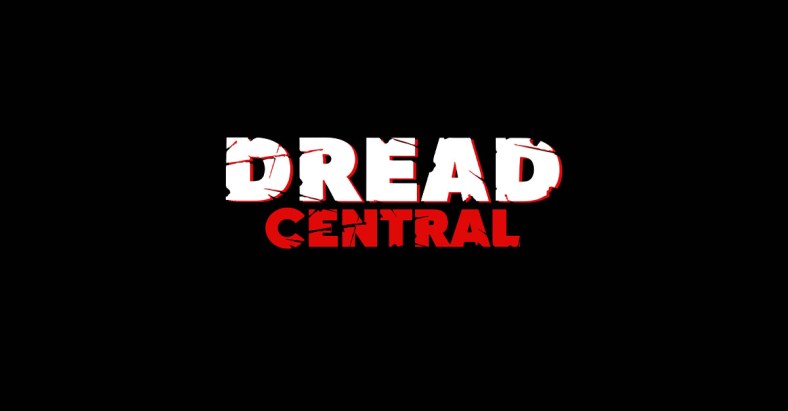
Filming location for Blades, former golf course now wildlife preserve
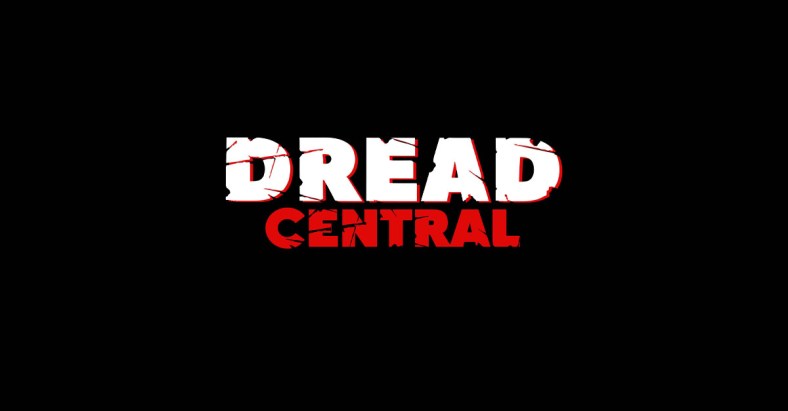
Filming location for Blades, former golf course now wildlife preserve
Categorized:News
